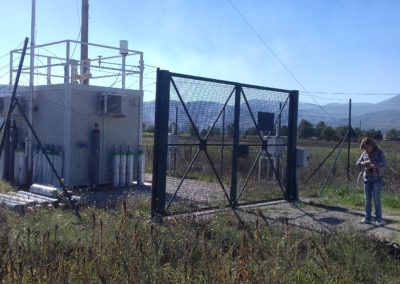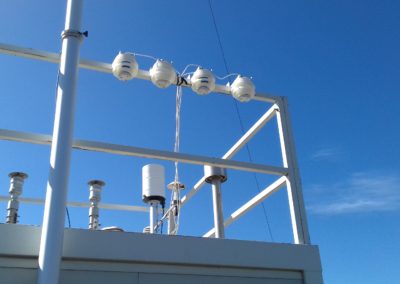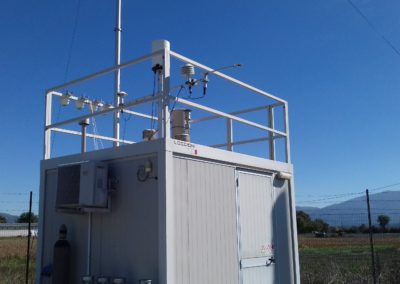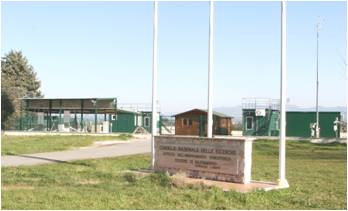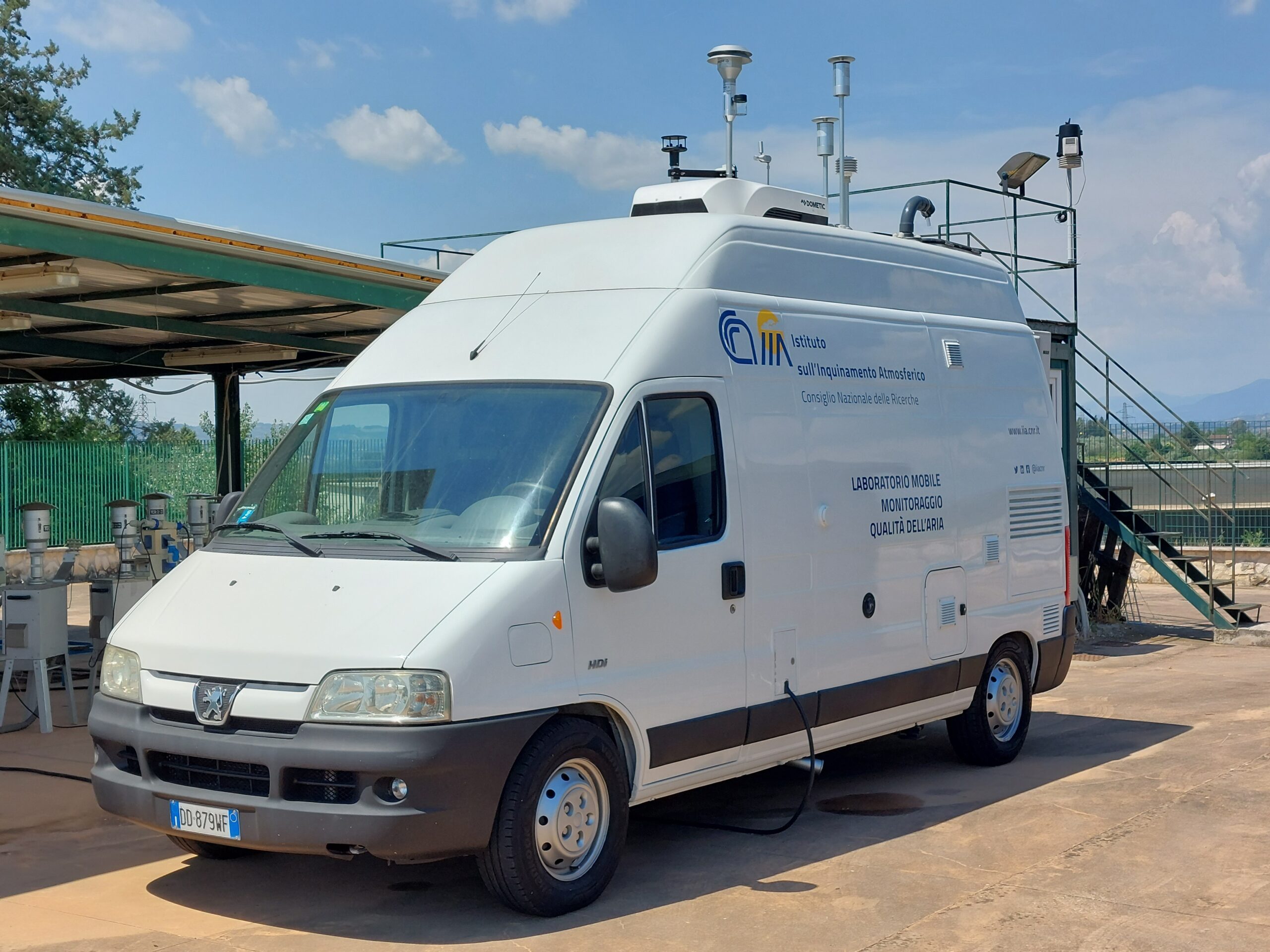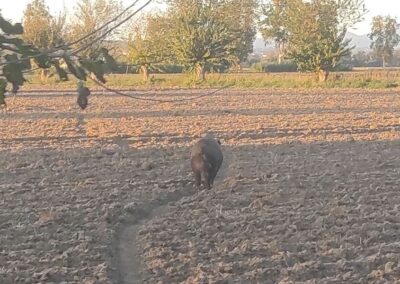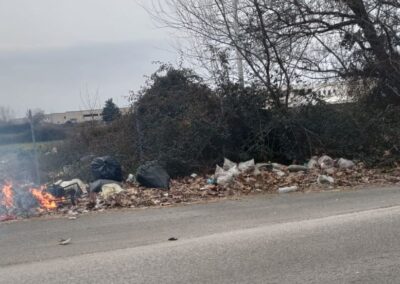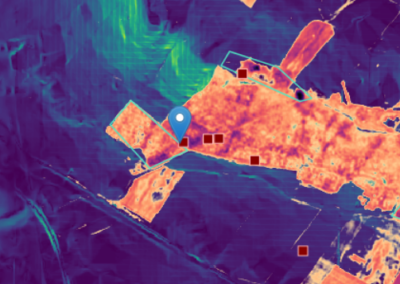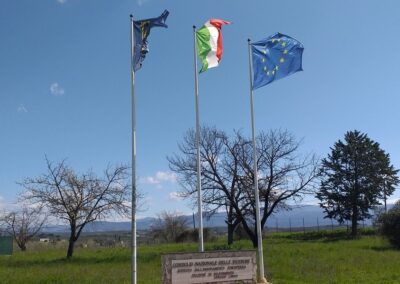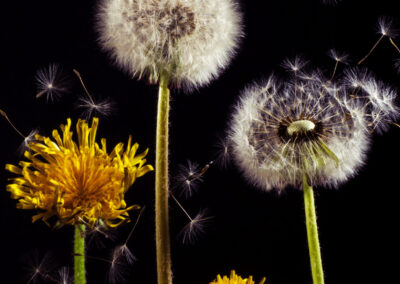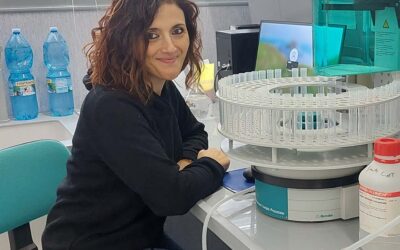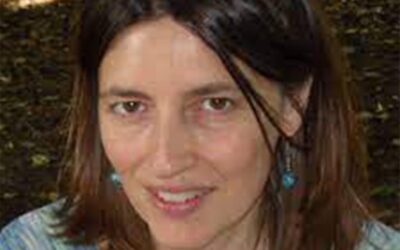Area Skills
The contents and actions of the sub-area are consistent with the challenges posed by the European Green Deal. In this context, in addition to the "zero pollution" objective for an environment free of toxic substances, the issue of air quality is also instrumental in achieving the objectives relating to accelerating the transition towards sustainable and intelligent mobility, guaranteeing a clean, affordable and secure energy supply, the mobilization of industry for a green and circular economy and the construction and renovation of energy and resource efficient buildings.
The knowledge of the variations in air quality that occur in time and space, together with a correct and complete definition of the chemical-physical, dynamic, climatic and environmental processes that govern atmospheric pollution phenomena, are of fundamental importance both for the definition of the impact on ecosystems and human health, and for the development of appropriate containment and control strategies aimed at achieving sustainable development and climate neutrality by 2050.
Area contact person: Cinzia Perrino
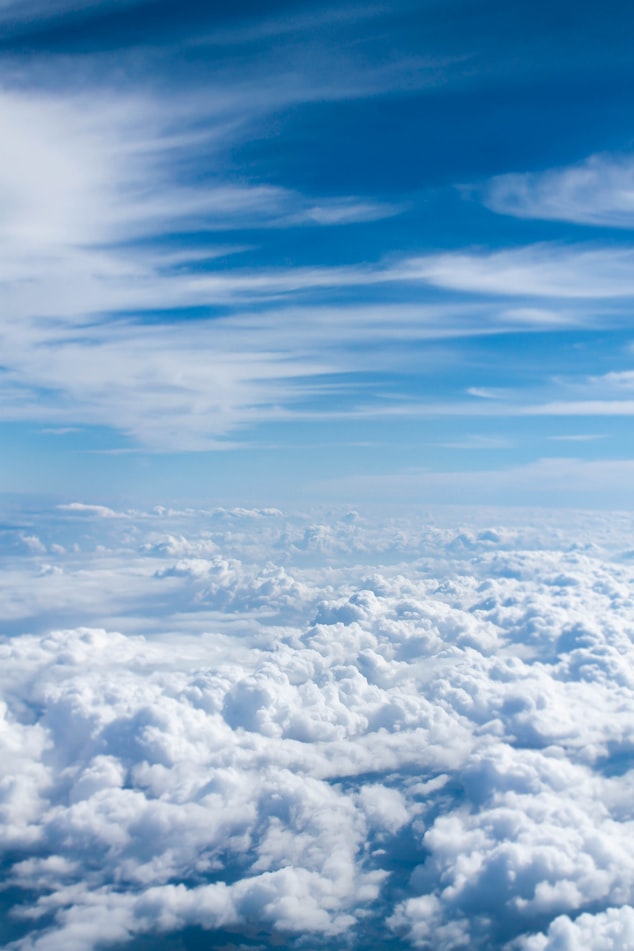
Air quality studies are carried out aimed at measuring the polluting species, evaluating the variations in time and space of their concentration and estimating the sources.
The issues that the researchers belonging to this sub-area have addressed and intend to address in the near future are well positioned in the areas described above.
The main lines of research can be detailed as follows:
- Integration of space and ground observational components (ground-based and in situ) for the study of the atmosphere and air quality
- Evaluation of air / surface interaction and anthropogenic impact on air quality in polar areas e remote
- Participation in community and international negotiation tables on air pollution monitoring
- Adaptation of the A. Liberti Observatory and inclusion in international Earth Observation networks, including the EMEP network
- Assessment of anthropogenic impacts on the climate and their consequences in terms of impacts on territories, ecosystems and man
- Study of atmospheric pollution in confined environments, of its specific sources, of the infiltration methods of pollutants from the outside, of the link with the presence of individuals (in accordance with the concept of exposome)
- Development of methods for the quantification of microplastics in the atmosphere
- Source apportionment studies on chemical composition data of PM with high temporal resolution, on VOCs and on the volatile organic fraction emitted by man (volatilome), and in particular by human breath (breathomics)
- Evaluation of the spatial distribution of pollutants in complex territories, with particular regard to the chemical components of the PM and the evaluation of indoor-outdoor exposure of individuals
- Study and characterization of atmospheric particulate matter: chemical composition, source tracers, bioaerosol, toxicological properties, monitoring in biological systems and biological matrices, composition variations detectable with high time resolution instrumentation.
Research area capacity
Currently this area has research and technical personnel with considerable experience in the study and characterization of atmospheric particulate matter. Researchers cover various disciplines necessary above all to study the sources of pollution and the impacts on ecosystems that pollution causes.
LABORATORIES AND INSTRUMENTS
Arnaldo Liberti Observatory
The “Arnaldo Liberti” observatory is located in the Roma1 Research Area, in the municipality of Montelibretti (Rome). Since the 70s, air quality measurements have been carried out here, as well as studies on the main atmospheric pollutants and validation of ...
Laboratories for the analysis of particles dispersed in the atmosphere
This set of laboratories houses instruments used for the chemical and morphological characterization of the atmospheric particulate that is collected during studies and measurement campaigns of indoor and outdoor air quality, carried out in areas remoyou, rural, ...
Mobile Laboratory for the monitoring of Atmospheric Particulate
Characteristics of the mobile laboratory: The mobile laboratory for monitoring air quality has been suitably set up to be equipped with the necessary instrumentation for the high temporal resolution measurement of pollutants in phase ...


